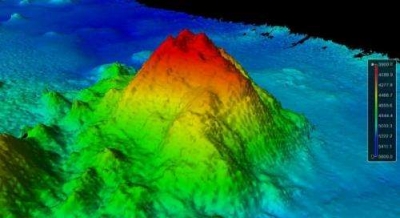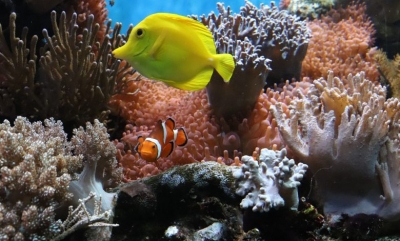What are seamounts underwater?

Seamounts are underwater mountains rising over 1000 metres from the ocean floor. They do not reach the water's surface. They are formed by extinct volcanoes whose lava piles suddenly rise to form peaks. They are important manne ecosistems that support a wide variety of oceanic wildlife, from corals to sharks . Seamounts and guyots are most abundant in the North Pacific Ocean, and follow a distinctive evolutionary pattern of eruption, build-up, subsidence and erosion. In recent years, several active seamounts have been observed, for example Loihi in the Hawaiian Islands.
Because of their abundance, seamounts are one of the most common marine ecosystems in the world. Interactions between seamounts and underwater currents, as well as their elevated position in the water, attract plankton, corals, fish, and marine mammals alike. Their aggregational effect has been noted by the commercial fishing industry, and many seamounts support extensive fisheries. There are ongoing concerns on the negative impact of fishing on seamount ecosystems, and well-documented cases of stock decline, for example with the orange roughy (Hoplostethus atlanticus). 95% of ecological damage is done by bottom trawling, which scrapes whole ecosystems off seamounts.
Because of their large numbers, many seamounts remain to be properly studied, and even mapped. Bathymetry and satellite altimetry are two technologies working to close the gap. There have been instances where naval vessels have collided with uncharted seamounts; for example, Muirfield Seamount is named after the ship that struck it in 1973. However, the greatest danger from seamounts are flank collapses; as they get older, extrusions seeping in the seamounts put pressure on their sides, causing landslides that have the potential to generate massive tsunamis.
Credit : Wikipedia
Picture Credit : Google
